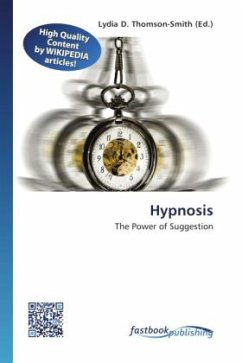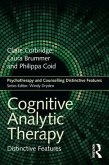Earlier the explanation of therapeutic results with hypnosis was seen as the effect of suggestion. In CBT thoughts and behaviours are regarded as learned and thus considered to be changeable by relearning and new learning. Over the course of time the state of hypnosis has been looked upon in different ways. Here it is described as a passive state of mind without analytical thinking or decision making. In this state spontaneous attention is guided by emotions and associations in reflexive way but it can be influenced by suggestion. By focusing attention on visualizing goals, motivation for certain behaviours can be created.The book presents theories of CBT and hypnosis proposing a new approach, which the author has found helpful It is meant as a handbook for those working within dentistry and also other areas within the medical field. This is a practical guide with suitable induction methods described in detail.
Hinweis: Dieser Artikel kann nur an eine deutsche Lieferadresse ausgeliefert werden.
Hinweis: Dieser Artikel kann nur an eine deutsche Lieferadresse ausgeliefert werden.








